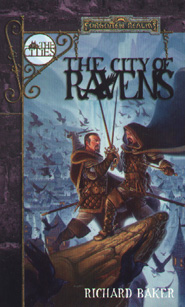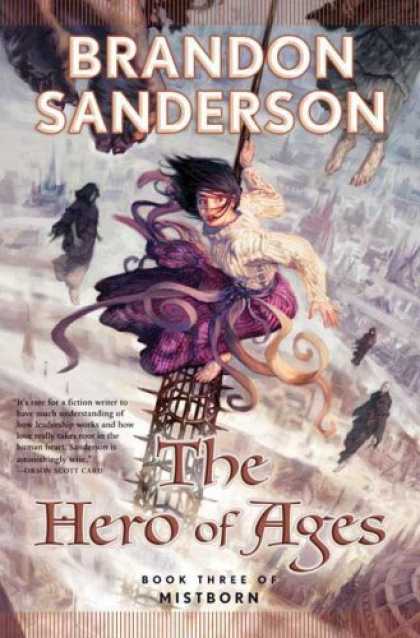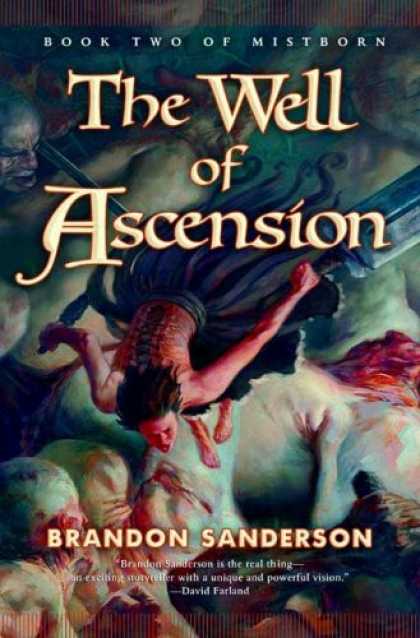
It's been a while since I've read the first novel in the Elric series. I recall Elric having to do quite a bit of questing in order to secure his artifact black blade, Stormbringer.
Here, the main character Gathrid is essentially handed an artifact level blade.
Should you do such a thing for your own campaign? The immediate response many people may have would be no, but its possible to have the players have powerful items and still not be undefeatable.
Gathrid stopped. He was surprised at himself. "Oh. Yes. All right." He felt a moment of shame. He was becoming arrogant behind his despair. He was getting too confident of his immunity from every peril but Rogala's dagger." (p.135)
Rogala is the one who presents Gahtrid the sword. He's also the one who usually ends the life of the sword bearer. As the old saying goes, "I brought you into the world and I'll take you out." Having a specific individual that can claim responsibility for the artifact that isn't the player can quickly qell certain types of player behavior common to those mad with power.
"Nieroda picked up a javelin. She bounced it in her hand like an athlete getting its feel. She cast it too quickly to follow. Gathrid brought Daubendiek round to deflect it.... He was not its target. It slammed through his mount's breastplate. The animal dropped instantly. It never made a sound." (p. 157)
Say the character is very difficult to handle. He's still got to get places. If using standard modes of transportation, those themselves can easily come under attack. Even in several of the Elric stories, despite the pale prince's sorcerous abilities and his black blade, he's found himself in dire situations. The oceans aren't impressed with a powerful sword.
"Gathrid reflected on the Mindak and grew cold. Ahlert was as much Choosen as he. They were pawns of the Great Old Ones." (p.197)
As powerful as the characters may become through their items, they are not the only ones in the world that may have such powerful items. And generally, items of such a nature tend not to work too well together, although they are notable exceptions (such as the old Hand and Eye of Vecna).
"On the narrow veranda surrounding the Raftery the remaining Toal were assembling ballistae and training them down the Hundred Steps. One salvo would end the threat of the Swordbearer. He might deflect a shaft or two, but not an entire flight." (p. 219)
It's mentioned at several points in the book, that as powerful as his sword is, the swordbearer isn't invulnerable. Mind you, characters in a role playing game tend to be a little... I don't want to say sharper, but have a lot of options, especially in terms of outside powers and abilities that characters in literature are never meant to have.
Be that as it may though, next time you see a powerful weapon and think it's not for your campaign, think about it again!










